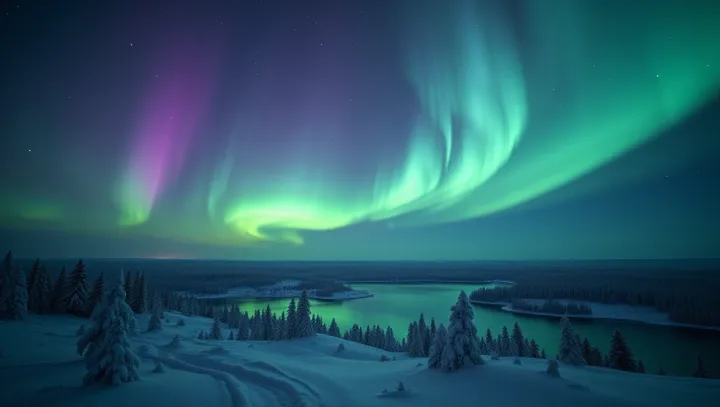Discovering the Northern Lights

In Fairbanks, Alaska, the northern lights continue to captivate the imagination of both locals and tourists alike. This stunning natural spectacle, known scientifically as aurora borealis, is the result of interactions between solar particles and Earth's atmosphere, producing a breathtaking light show in the northern skies. The northern lights occur when charged particles from the sun, emitted during solar flares, travel through space and enter our planet's magnetosphere.
Here, they collide with atmospheric particles, primarily oxygen and nitrogen, resulting in brilliant displays of light in various colors, typically green, pink, purple, and occasionally red. Scientists in Fairbanks are utilizing advanced technologies to better understand the intricacies of these auroras. Dr.
Samantha Ferris, an astronomer at the University of Alaska, highlights the importance of studying the solar winds and their impact on Earth's magnetic field, providing insights into forecasting these events and understanding their potential effects on our planet. The study of auroras not only fascinates scientists but also enhances our understanding of space weather. Such research holds significance for satellite technology, aviation safety, and our broader comprehension of atmospheric sciences.
As the lights dance in the Fairbanks sky, they serve as a reminder of the interconnectedness of our planet with the wider cosmos.
